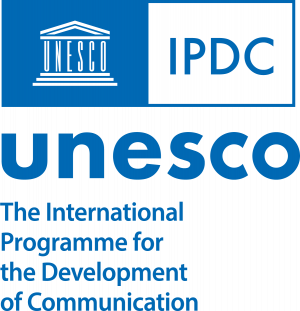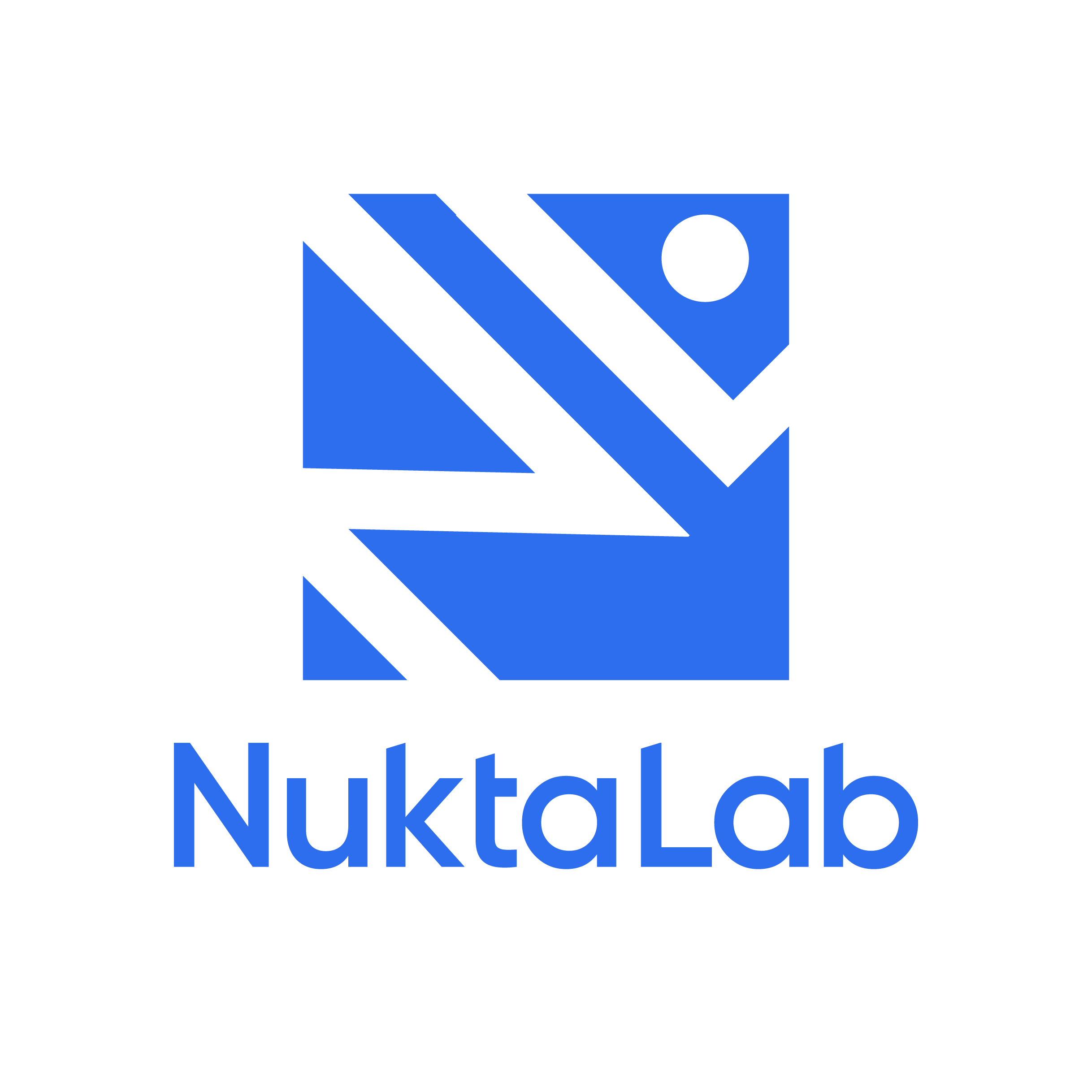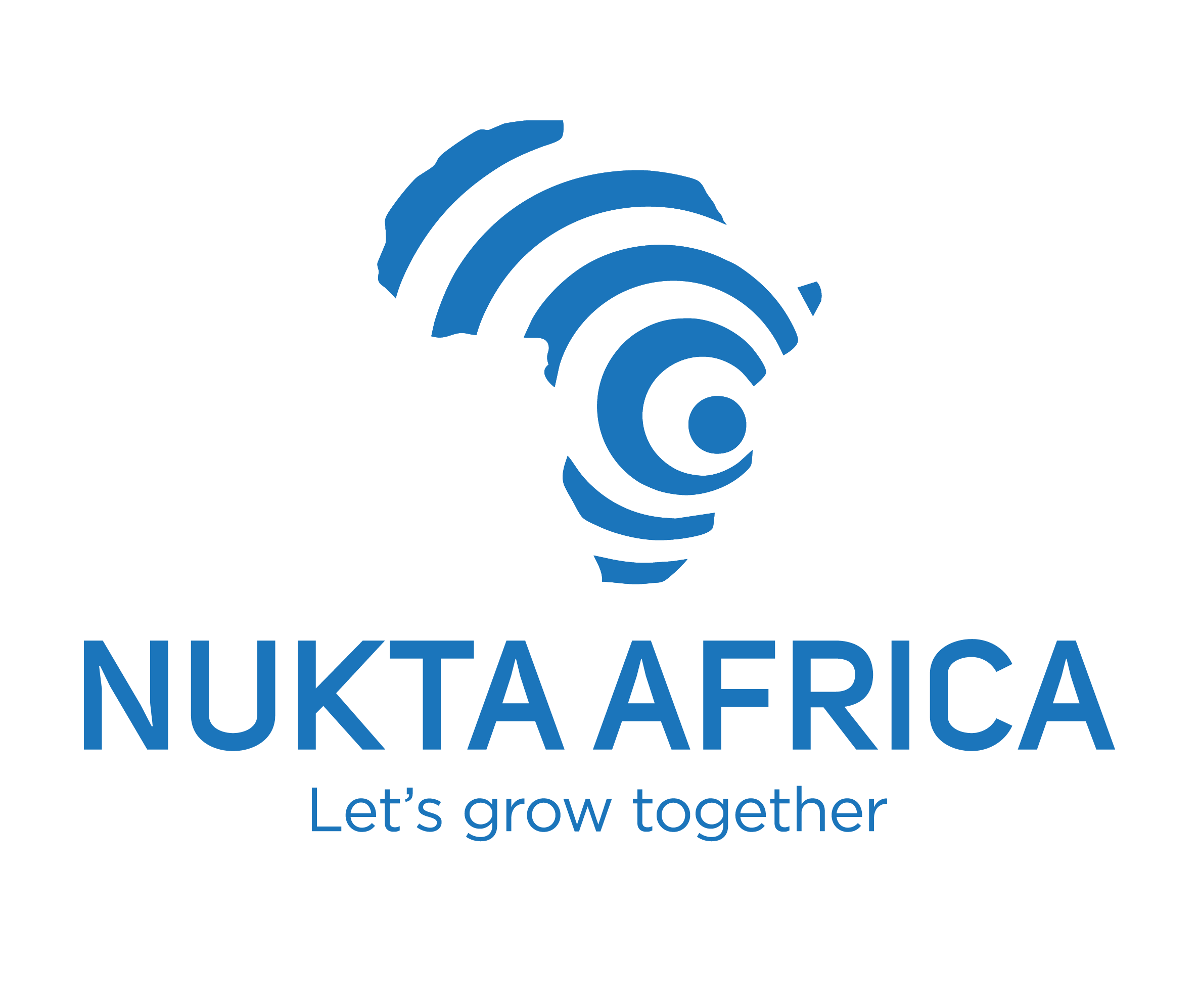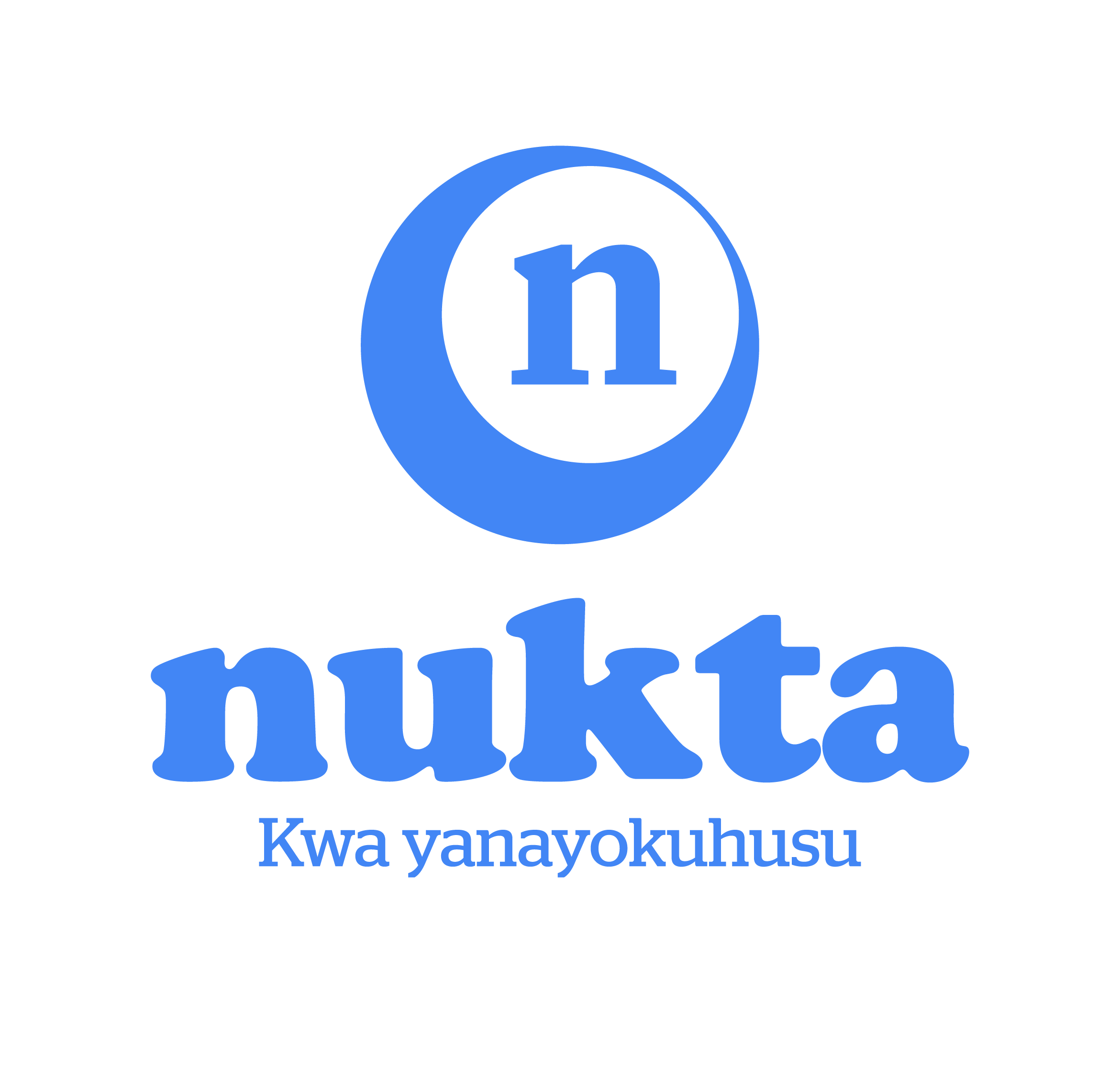Technology has disrupted the media industry in a big way. It has changed how we gather information, process them and disseminate to our target audience.
For a journalist or newsroom to survive in this era, it has to invest in the emerging media technologies because news consumption behavior has been highly influenced by this digital disruption.
The investment a journalist or newsroom should make ranges from application to the development of different digital tools. Digital tools determine how to collect news, narrate it and share it with our audience.
For non-tech savvy, Digital tools according to the Department of Social Care, are programs, websites or online resources that can make tasks easier to complete.
They are essential since they simplify the processing of massive information and how it can be presented.
Google Earth is one of the digital tools that are currently very useful in news production. It is a computer based program offered by American tech giant Google that mainly deals with representation of earth based primarily on satellite images.
It mainly maps the earth layered satellite images and aerial photography allowing users to see cities and landscapes from various angles.
It is used to explore cities and landscapes from above, allowing us to view our world within the greater context of itself. This can be advantageous to reporters when reporting on articles that need maps and direction for accuracy.
Through Google Earth, a journalist can do a big investigative land use or deforestation project.
The tool is offering historical images that show how a particular locality has transformed over time. In short you can even do a low-hanging fruit story on urbanisation in some of the fast growing areas.
Google Earth, which is an open-source or free, is resourceful to news organizations because it is used to make extensive use of Earth Studio which is the easiest way to leverage images for still and animated content to be used by the media.
It can be accessed through phone and computer by mainly searching for the area of interest, viewing and finally getting the images that are needed for the use of the audience or media as a whole.
Our Swahili newsblog Nukta (www.nukta.co.tz) has been using this technology to add contexts or uncover hidden stories that cannot be seen on the ground.
It is among the essential digital tools for reporting today along others like Juxtapose, YouTube, and Soundcloud. It is mandatory at our company to know these tools if you are dealing with content production or training. It is our life.
Since many news organisations are struggling to produce high quality content under minimum costs, Nukta Africa, a digital media and training company that i’m working in (full disclosure), has been researching on open source reporting tools like Google Earth and share knowledge with Tanzanian journalists through workshops and training sessions.
At Nukta Africa we believe the available open source tools can do great stories without burning much dollars — which are now hard to get due to ever declining advertising revenues.
Currently, we are pushing the use of Google Earth and Google Maps in wildlife reporting, climate change, urbanisation, inequality and infrastructure development. Through tools like this, the audience gets more insights on how things have been changing over time.




